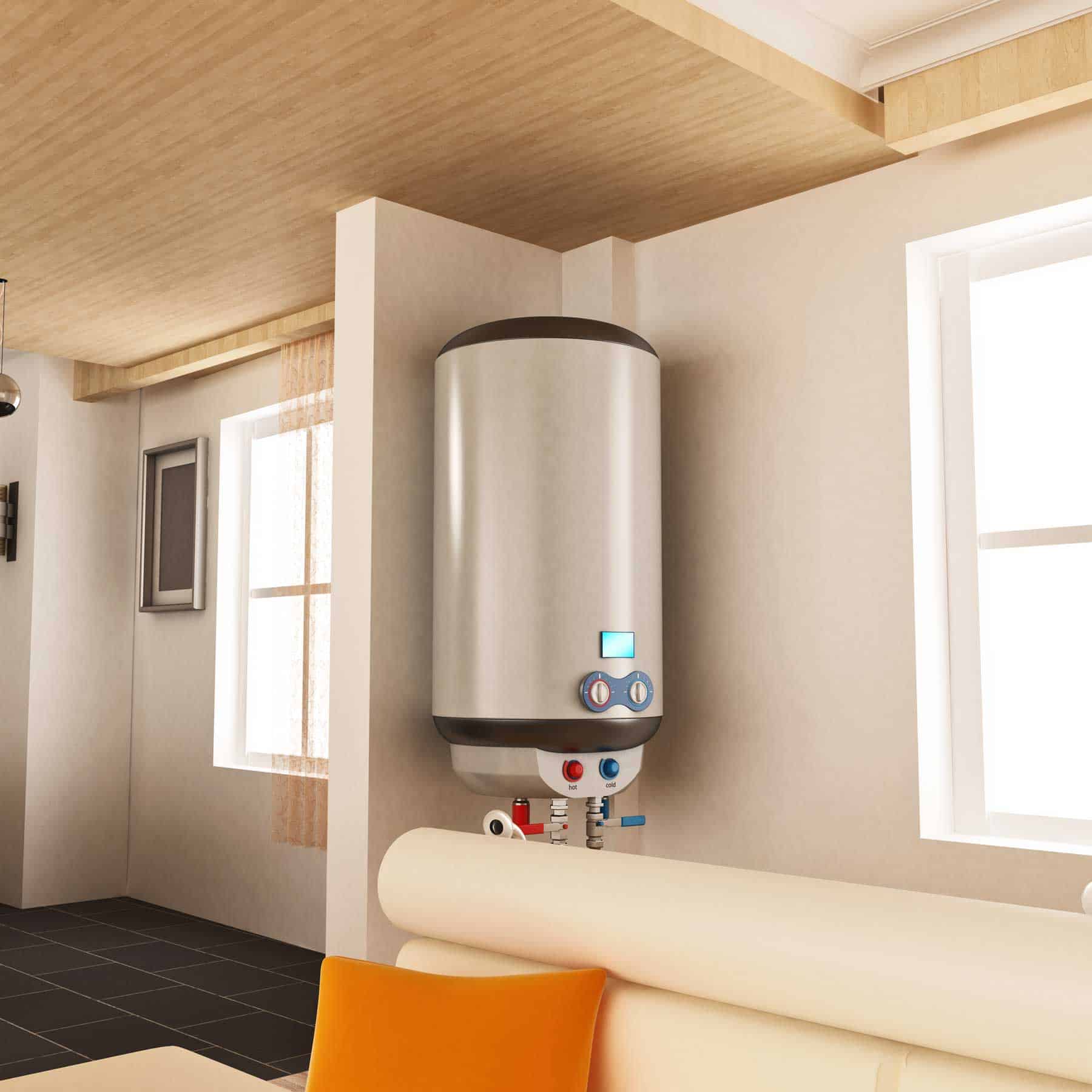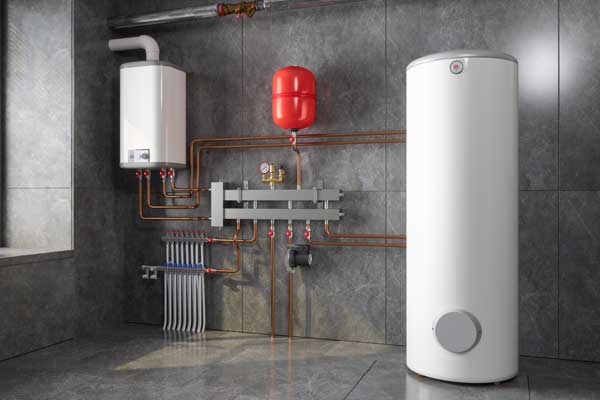How to Properly Maintain Your Home's Hot Water System
How to Properly Maintain Your Home's Hot Water System
Blog Article
This post directly below in relation to Tips on Maintaining a Water Heater is seriously interesting. Don't bypass it.

Warm water is crucial for day-to-day convenience, whether it's for a revitalizing shower or cleaning meals. To guarantee your hot water system runs successfully and lasts much longer, normal upkeep is crucial. This post supplies useful tips and insights on just how to keep your home's warm water system to prevent interruptions and expensive repair work.
Introduction
Keeping your home's warm water system may seem difficult, but with a few straightforward actions, you can ensure it operates efficiently for many years to come. This guide covers every little thing from recognizing your hot water system to DIY upkeep ideas and understanding when to hire expert assistance.
Value of Preserving Your Hot Water System
Regular maintenance not only extends the life-span of your warm water system yet likewise ensures it operates efficiently. Neglecting upkeep can bring about lowered effectiveness, greater power expenses, and even premature failure of the system.
Indicators Your Warm Water System Requirements Maintenance
Knowing when your warm water system requires interest can avoid major concerns. Keep an eye out for indications such as inconsistent water temperature, odd noises from the heater, or corroded water.
Flushing the Water Heater
Purging your hot water heater eliminates sediment build-up, enhancing effectiveness and prolonging its life.
Monitoring and Replacing Anode Rods
Anode rods protect against rust inside the tank. Inspecting and changing them when worn out is vital.
Complicated Issues Calling For Expert Help
Instances include significant leaks, electrical troubles, or if your water heater is continually underperforming.
Regular Professional Upkeep Advantages
Expert maintenance can consist of comprehensive examinations, tune-ups, and making sure compliance with safety and security standards.
Evaluating and Changing Temperature Level Settings
Changing the temperature level settings makes sure optimum performance and security.
Do It Yourself Tips for Upkeep
You can execute several upkeep jobs yourself to keep your warm water system in leading problem.
Checking for Leaks
Frequently check pipelines and connections for leaks, as these can cause water damages and greater bills.
Comprehending Your Warm Water System
Prior to diving right into maintenance tasks, it's practical to recognize the basic components of your hot water system. Normally, this consists of the hot water heater itself, pipes, anode rods, and temperature controls.
Regular Monthly Upkeep Tasks
Normal month-to-month checks can help catch minor problems prior to they intensify.
Examining Stress Alleviation Valves
Testing the pressure relief valve guarantees it operates correctly and prevents excessive pressure buildup.
Protecting Pipes
Protecting hot water pipes minimizes warm loss and can conserve power.
When to Call an Expert
While do it yourself upkeep is helpful, some concerns call for specialist knowledge.
Final thought
Normal upkeep of your home's hot water system is important for effectiveness, durability, and price financial savings. By adhering to these tips and knowing when to seek expert assistance, you can make certain a reliable supply of hot water without unexpected disruptions.
How to Maintain an Instant Hot Water Heater
Before tinkering with your hot water heater, make sure that it’s not powered on. You also have to turn off the main circuit breaker and shut off the main gas line to prevent accidents. Also turn off the water valves connected to your unit to prevent water from flowing into and out of the appliance. 2. When you’re done, you have to detach the purge valves’ caps. These look like the letter “T†and are situated on either side of the water valves. Doing so will release any pressure that has accumulated inside the valves while at the same time avoid hot water from shooting out and burning your skin. 3. When the purge valves’ caps are removed, you have to connect your hosing lines to the valves. Your unit should have come with three hoses but if it didn’t, you can purchase these things from any hardware or home repair shops. You can also get them from retail stores that sell water heating systems. Read the user’s manual and follow it to complete this task properly. When the hosing lines are connected, open the purge port’s valves. 4. You should never use harsh chemical cleaners or solutions when cleaning your unit. Make use of white vinegar instead. It should be undiluted and you’ll probably use about 2 gallons. 5. Now flush your water heater. This task should probably take about 40 minutes. We can’t give you specific directions for this because the procedure is carried out depending on the type, model and brand of your heater. With that being said, refer to the user’s manual. 6. When you’re done draining the unit, you have to turn off the purge port valves again. Remove the hosing lines that you earlier installed on each of the water valves. Put the valve caps (purge port) back in their respective places and be very careful so as not to damage the rubber discs that are found inside these caps. 7. Now that everything’s back in place, check your user’s manual again to find out how to reactivate your water heating system. 8. Once it is working, turn one of your hot water faucets on just to let air pass through the heater’s water supply pipes. Leave the tap on until water flows smoothly out of it. https://www.orrplumbing.com/blog/2014/september/how-to-maintain-an-instant-hot-water-heater/

We had been shown that editorial on Water Heater Maintenance Tips You Can't Afford to Forget through an acquaintance on a different web blog. Are you aware of another individual who is excited about the niche? Take a moment to promote it. Thank-you for going through it.
Book Report this page